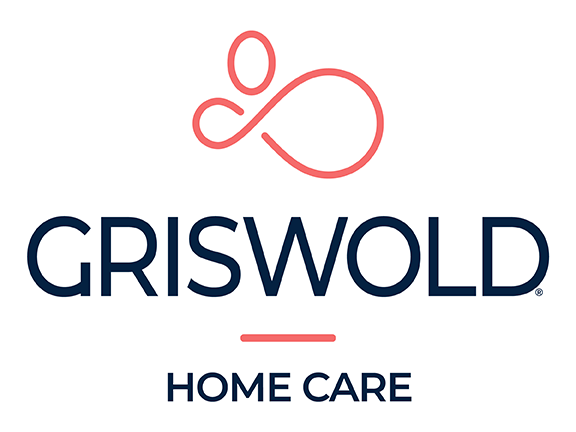Falls are something we talk about often here on our blog. And for good reason — falls are a big concern for older adults. Falls are the leading cause of death resulting from injury, and the most common cause of hospital admissions for trauma in seniors.
 Many falls result in broken hips, which cause over 300,000 Americans to be hospitalized each year. Broken hips almost always require surgery, and the recovery process is long and tedious, with a high chance of further injury. In addition to the physical injury, older adults also experience emotional consequences as a result of a fall. Adults may become fearful of moving about and leaving the house. Falls can increase isolation and may lead to an episode of depression.
Many falls result in broken hips, which cause over 300,000 Americans to be hospitalized each year. Broken hips almost always require surgery, and the recovery process is long and tedious, with a high chance of further injury. In addition to the physical injury, older adults also experience emotional consequences as a result of a fall. Adults may become fearful of moving about and leaving the house. Falls can increase isolation and may lead to an episode of depression.
Fortunately, there are steps you can take to prevent falls, and avoid injury in the first place. Follow our six simple tips to staying fall-free:
1.Get a check-up. The first step to preventing falls is to make sure you don’t have any treatable medical conditions that could cause you to slip and fall. Bring a list of your medications (both prescribed and over-the-counter), and ask your doctor if any of them could cause balance, vision, or other troubles that could make you unsteady on your feet. Have you doctor check you out for eye, ear, and other conditions that can affect your balance and coordination. Ask your doctor what fall-prevention strategies he or she recommends for you.
2.Stay active. Keeping your body healthy is one of the best ways to prevent falls. Exercise keeps up your balance, reflexes, and muscle and bone strength, helping you stay on your feet, and also helping prevent serious injury if you do slip. You don’t have to compete in a marathon to get the benefits, either. Low-impact exercise such as yoga, water aerobics, or daily walks will keep your muscles and joints strong.
3.Get rid of fall hazards around the house. Chances are, there are things lurking around your home that could cause a fall. Walk around your home with a critical eye, and remove anything that could potentially cause a fall, such as: objects in walkways, such as electrical cords, coffee tables, plants, and newspapers; loose rugs (secure them with rug tacks or slip-resistant backing, or remove them altogether), slippery surfaces (use nonskid floor wax and nonslip mats in the bathroom), and fix any loose floorboards or carpeting right away.
4.Wear the right shoes. Your old slippers may be comfortable, but they’re called slippers for a reason! Don’t shuffle around the house: always wear properly-soled shoes to help prevent slips.
5.Light things up. Vision changes can mean that you can’t see around your softly-lit home as well as you used to. Brighten up those lights to help you see where you’re going. Pay special attention to walkways and dark stairwells. Make sure your path to the bathroom is lit with nightlights in case you need to get up in the middle of the night. And keep flashlights in key places, like your nightstand and kitchen drawer, so you don’t have to go hunting if the power goes out.
6.Use assistive devices. Don’t let pride prevent you from taking advantage of devices that can help you stay safe. If your doctor recommends a walker or cane, use it. Install grab bars in the shower or tub, hand rails for both side of the stairway, nonslip stair treads, and a raised toilet seat. These little things will help make your life safer, and easier too!
Many falls are preventable — but you have to take the initiative to follow the above steps. Set a deadline for yourself to accomplish fall-prevention tasks. For motivation, remember that the small amount of time you’ll take now is an investment in keeping yourself independent for the long-term.
